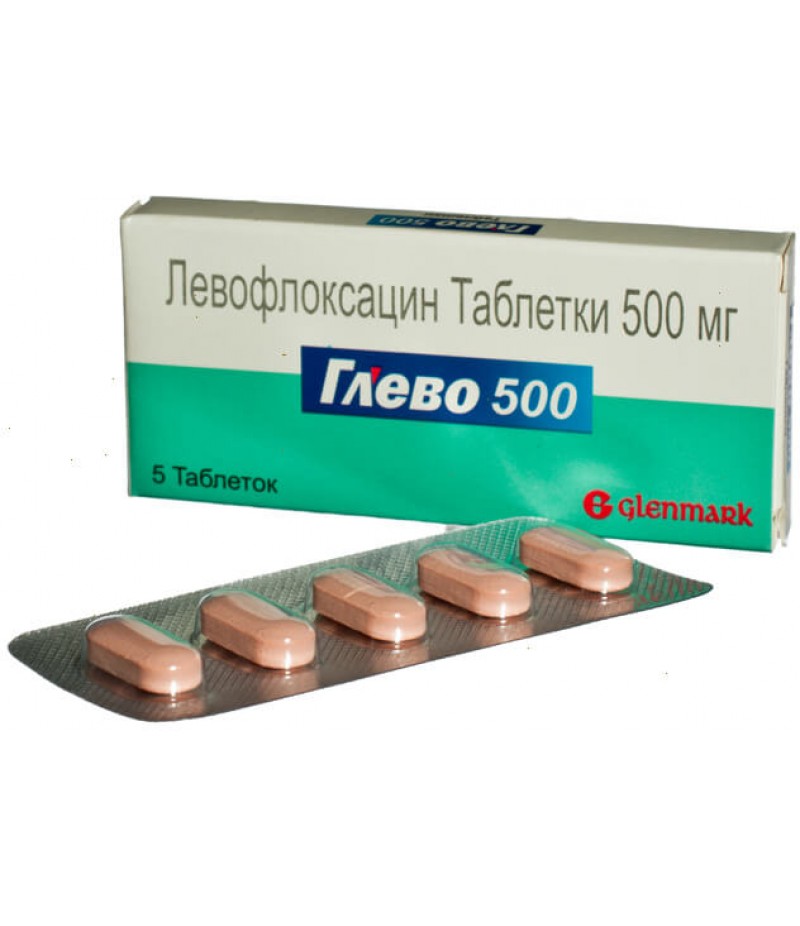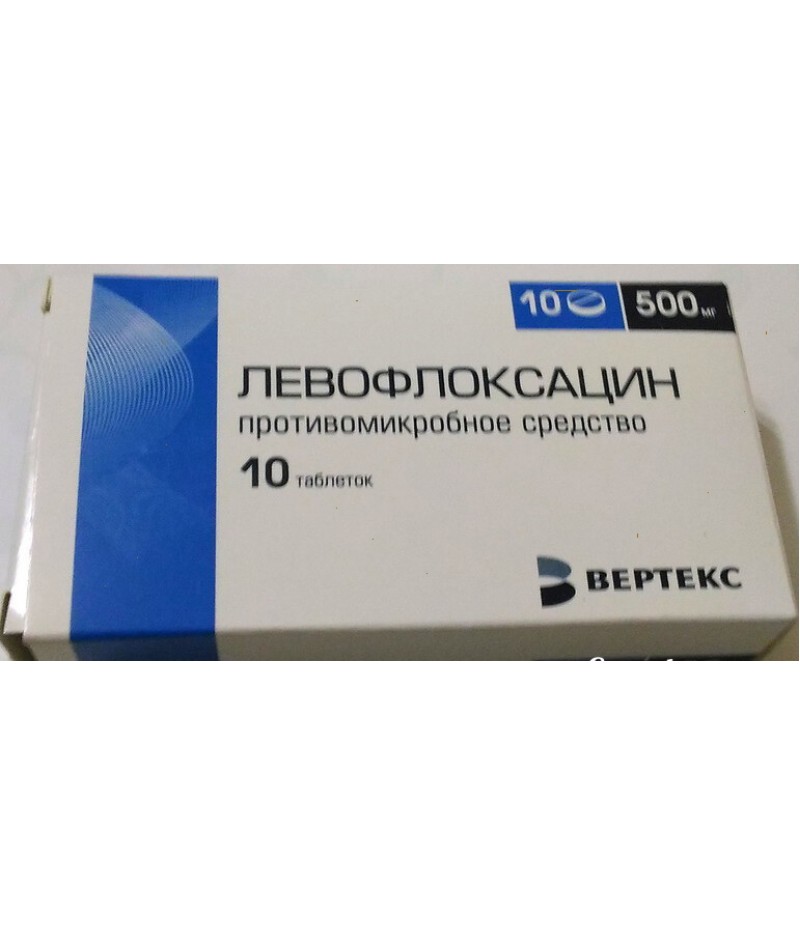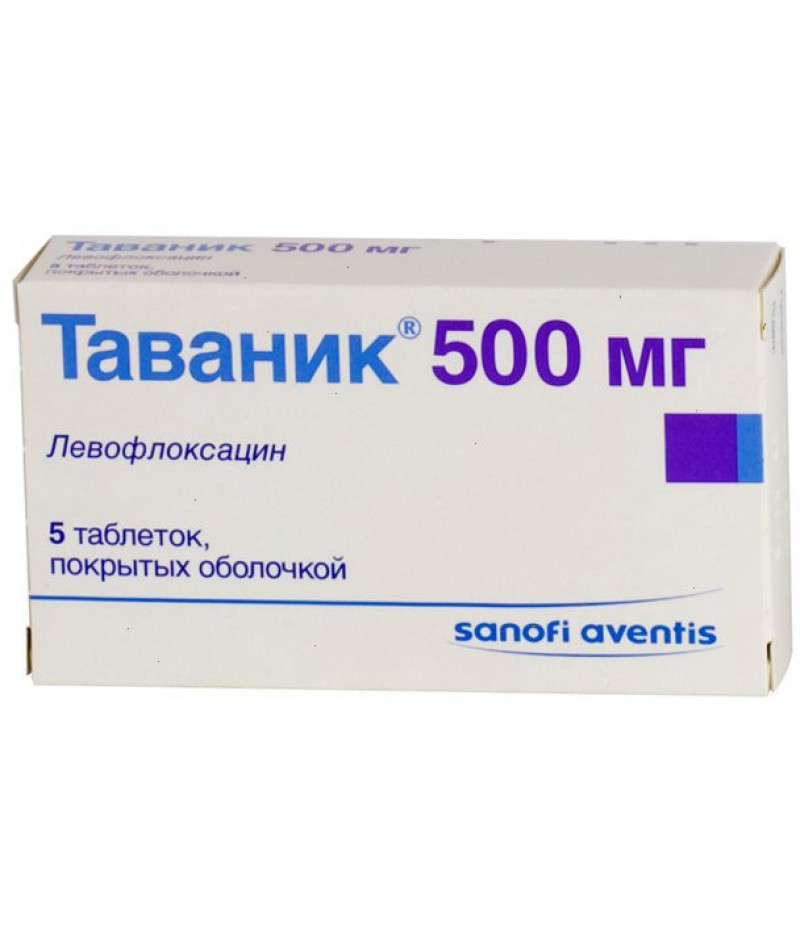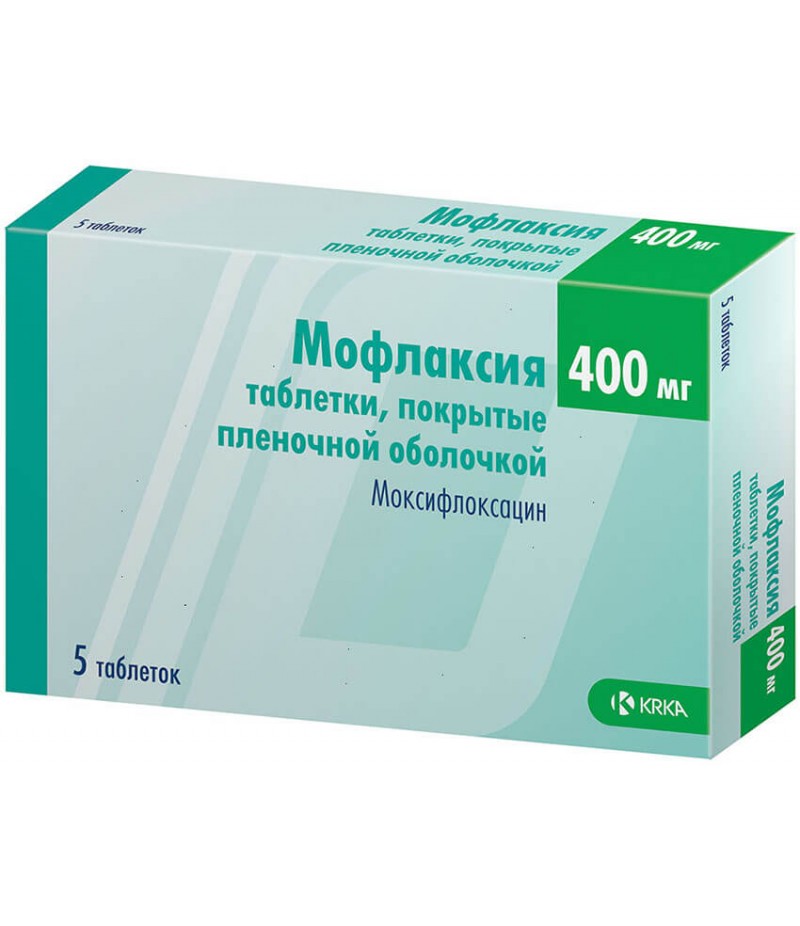Glevo tabs 500mg #5
- $2.99
- 3 or more $2.85
- Availability:Out Of Stock
Notice: Undefined variable: short_description in /home/innuenze/domains/farmacy-houses.com/public_html/catalog/view/theme/tt_angara3/template/product/product.tpl on line 105
Tags: tabs
Instruction for Glevo
You can buy Glevo here
Composition
Glevo tablets contain 250 mg or 500 mg of levofloxacin, which is presented as a hemihydrate.
Auxiliary substances are avicel pH 101, MCC, crospovidone, starch, magnesium stearate, povidone.
Composition of the Glevo tablet capsule 500 mg: macrogol, talc, red iron oxide dye, hypromellose, titanium dioxide, dibutyl phthalate.
Composition of the tablet coating Glevo 250 mg: macrogol, talc, dye iron oxide red, yellow, hypromellose, titanium dioxide, dibutyl phthalate.
Form of issue
The tablets are coated with a film coating of red (250 mg) or light orange (500 mg). Tablets of 250 mg have a round biconvex form, on one side has a fault strip, the surface is smooth. Tablets 500 mg of oval form, biconvex, on the same side of the same fault strip, have a rough surface.
Issued for 5 pcs. in a blister, in a cardboard box there are 1 or 5 blisters.
pharmachologic effect
Glevo drug is a broad spectrum antibacterial agent with antimicrobial effects.
Pharmacodynamics and pharmacokinetics
The active substance of the drug is the antibiotic levofloxacin, belonging to the group of fluoroquinolines. It promotes the inhibition of DNA-gyrase of microbes and bacteria, disrupting the synthesis of protein, resulting in the bacteria perishing. Glevo is effective in the treatment of infectious diseases that are caused by both gram-positive and gram-negative microorganisms, including bacteria that are resistant to cephalosporins, penicillins and aminoglycosides.
Has a wide spectrum of action: Escherichia coli, Proteus mirabilis, Providencia rettgeri et stuartii, Staphylococcus aureus, Enterobacter agglomerans, Acinetobacter calcoaceticus, Streptococcus pyogenes, Clostridium perfringens, Staphylococcus epidermidis, Staphylococcus epidermidis, Acinetobacter baumannii, Klebsiella oxytoca, Enterococcus faecalis, Proteus vulgaris, Pseudomonas aeruginosa, Streptococcus agalactiae, Bordetella -pertussis, Viridans group streptococci, Streptococcus pneumoniae, Morganella morganii, Enterobacter cloacae, Serratia marcescens, Mycoplasma pneumoniae, Citrobacter diversus, Enterobacter aerogenes, Citrobacter freundii, Enterobacter sakazakii, Legionella pneumonia, Haemophilus influenzae, Acinetobacter anitratus, Moraxella catarrhalis, Chlamydophila pneumoniae, Haemophilus parainfluenzae, Pseudomonas fluorescens.
Spirochetes are insensitive to the action of levofloxacin.
Absorbed by ingestion quickly and almost completely. On the speed and completeness of absorption, food intake is practically not affected. Bioavailability is 99%. The maximum concentration is observed in the blood after 1-2 hours.
It binds to plasma proteins by about 30-40%. High level of penetration into tissues and organs (bronchial mucosa, alveolar macrophages, urogenital system, lungs, polymorphonuclear leukocytes, sputum).
A small part of the substance is oxidized or deacetylated in the liver.
Of total clearance, renal clearance occupies about 70%. Half-life on average takes 6-8 hours. The body is excreted mainly with the help of kidneys. It is excreted in the urine by approximately 70% of the dose during the day (unchanged), 87% of the dose is two days, less than 4% is excreted within three days with feces.
Indications for use
Glevo antibiotic is indicated in the treatment of infectious and inflammatory diseases, which are caused by microorganisms that are sensitive to the drug:
diseases of the lower respiratory tract (including community-acquired pneumonia and exacerbations of chronic bronchitis);
diseases of the genital organs (including prostatitis);
diseases of the ENT organs (including acute sinusitis);
diseases of the skin and soft tissues (furunculosis, abscess, festering atheromas);
diseases of the kidneys and urinary tract (including acute pyelonephritis).
In combination with other drugs that act on anaerobic microflora, an antibiotic is used to treat intra-abdominal infections.
Contraindications
Taking Glevo is not recommended in the following cases:
pregnancy;
epilepsy;
age to 18 years;
defeat of tendons (during the previous treatment with quinolones);
breast-feeding;
sensitivity to levofloxacin.
With caution, the drug is prescribed to the patient in the elderly (as the probability of a decrease in kidney function increases) and in the presence of a deficiency of glucose-6-phosphate dehydrogenase.
Side effects
During therapy with the drug, the following undesirable effects may develop:
fungal infections;
eosinophilia, hemolytic anemia, leukopenia, neutropenia, pancytopenia, thrombocytopenia, agranulocytosis;
angioedema, hypersensitivity reactions (including anaphylactic or anaphylactoid shock), in some cases anaphylactoid and anaphylactic reactions may occur after the first dose;
Hypoglycemia, hypoglycemic coma, anorexia, hyperglycemia;
depression, pathological dreams, anxiety, nervousness, insomnia, nightmares, agitation, psychotic disorders (including paranoia and hallucinations), confusion, anxiety, self-destructive behavior, including suicidal tendencies or actions;
dyskinesia, drowsiness, benign intracranial hypertension, tremor, dysgeusia, agevia, parosmia, anosmia, convulsions, extrapyramidal disorders, sensory or sensory-motor peripheral neuropathy, movement coordination disorders;
blurred vision, visual loss, temporary loss of vision;
tinnitus, disturbances or loss of hearing, vertigo;
palpitation, ventricular arrhythmia, tachycardia, ventricular tachycardia (can lead to cardiac arrest);
leukocytoclastic vasculitis, arterial hypotension;
shortness of breath, allergic pneumonitis, bronchospasm;
vomiting, indigestion, diarrhea, abdominal pain, nausea, bloating, haemorrhagic diarrhea, which may indicate enterocolitis, abdominal pain;
hepatitis, an increase in liver enzymes, increased blood bilirubin, jaundice, liver damage, including cases of hepatic insufficiency;
itching, hypersensitivity to sunlight and ultraviolet rays, photosensitivity, rash, toxic epidermal necrolysis, hyperhidrosis, Stevens-Johnson syndrome, skin-mucosal reactions may occur after the first dose;
defeat of tendons (inflammation), myalgia, arthritis, arthralgia, rupture of ligaments, muscles, tendons, muscle weakness;
increase in creatine levels in the blood, kidney failure;
fever, porphyria attacks, asthenia, back pain, limbs, chest.
Glevo, instructions for use (Method and dosage)
Tablets are taken orally, washed down with 1 glass of water, before taking the tablet do not divide or grind. Take should be regardless of food intake. The size of the dose and the duration of the drug is determined by a specialist. After the disappearance of the symptoms of the disease, it is recommended to take the drug for 2-3 more days.
Instructions for Use Glevo 500 mg
It is taken with sinusitis, intra-abdominal infections and prostatitis one tablet a day. In addition, other antimicrobial agents are administered concomitantly in the therapy of intra-abdominal infections. Duration of admission is usually 7-10 days.
Patients with septicemia, infectious diseases of the soft tissues, skin and urinary tract, and small pneumonia are prescribed one tablet up to 2 times a day. The course of admission lasts up to two weeks.
Instructions for use Glevo 250 mg
In uncomplicated urinary tract infections, it is recommended to take 1 tablet once a day for 3 days.
With an exacerbation of chronic bronchitis, 1-2 tablets a day are prescribed. Duration of admission is from 7 to 10 days.
Additional doses are not required after CAPD and hemodialysis.
It is not necessary to adjust the dosage to patients with impaired baking function, since the substance in the liver is metabolized to a small extent.
Dosage regimen for elderly patients remains unchanged.
If the drug was missed, then take the pill immediately, regardless of the time of the next appointment. After this, continue taking the drug according to the established scheme.
Overdose
When taking high doses of the drug, it is possible to develop nausea, gastrointestinal lesions, dizziness, impaired consciousness, convulsive seizures.
There is no antidote for the drug. Symptomatic treatment and measures to maintain the cardiovascular system. The treatment is carried out in a hospital, and it is necessary to monitor the ECG. Hemodialysis in case of an overdose is ineffective. If after taking a high dose, no more than an hour has passed, then the stomach is washed, after which the intake of enterosorbents is prescribed.
Interaction
With simultaneous administration of levofloxacin and cyclosporine, the half-life of the latter increases.
The effectiveness of the drug is reduced with simultaneous administration with sucralfate, agents that suppress intestinal motility, iron salts, aluminum and magnesium preparations. It is necessary to take a break between at least 2 hours.
Convulsive readiness may increase with concurrent use of levofloxacin and theophylline or NSAIDs.
The possibility of a rupture of the tendons increases with the admission of Glevo and GCS.
Removal of levofloxacin slows down when it is simultaneously taken with drugs that block tubular secretion, and tsimedin.
The development of hyper and hypoglycemia is possible with simultaneous application of levofloxacin and hypoglycemic drugs. It is necessary to strictly control the level of glucose.
Storage conditions
The drug should be stored in a dark, dry place at a temperature of no more than 25 ° C.
Shelf life - 24 months.
special instructions
Despite the fact that the solubility of levofloxacin is higher than that of other quinolones, patients are advised to conduct hydration of the body.
Avoid direct exposure to sunlight and UV rays to avoid skin damage.
To cancel treatment and immediately to conduct therapy follows at detection of signs of tendinitis.
The development of convulsive seizures is possible in patients who have suffered a stroke or a serious brain injury.
Care must be taken when driving because of the risk of side effects from taking the medication.
Feedback on Glevo
The average rating of the drug was 250 and 500 mg, according to the estimates of patients taking it - 3.5 points. Reviews about Glevo consumers can be divided into two groups: the part is satisfied with the effect of the drug, since it helped to cope with the disease with a minimum of side effects, part of it I consider the drug to be ineffective, as side effects were manifested during admission.
The doctors' comments boil down to the fact that Glevo is a strong antibiotic, which can only be taken after consultation with a specialist. It is also noted that in parallel it is recommended to take probiotics so as not to disturb the intestinal microflora during treatment.








